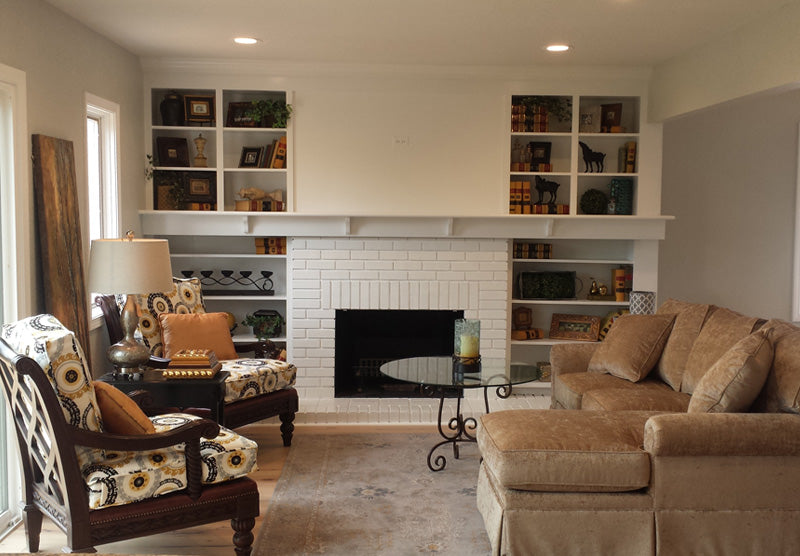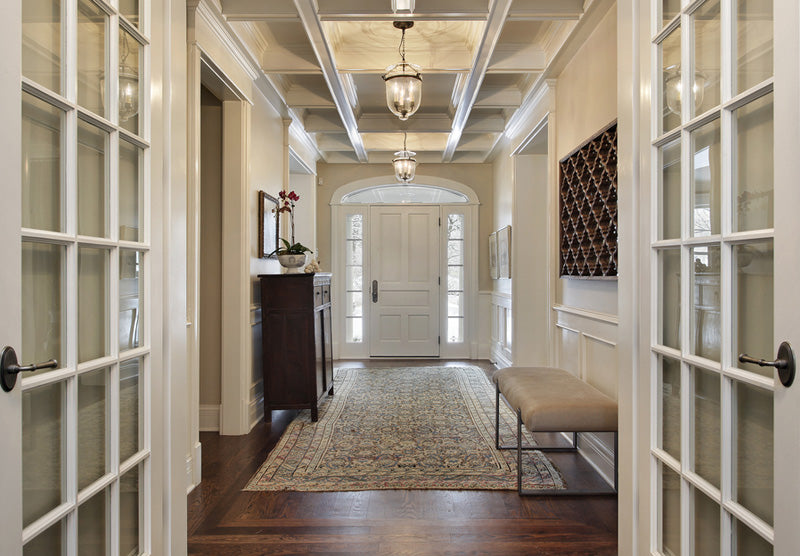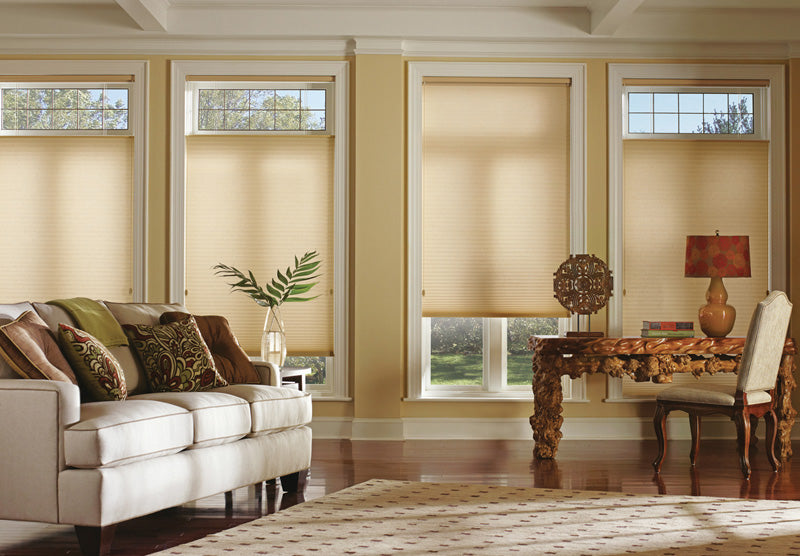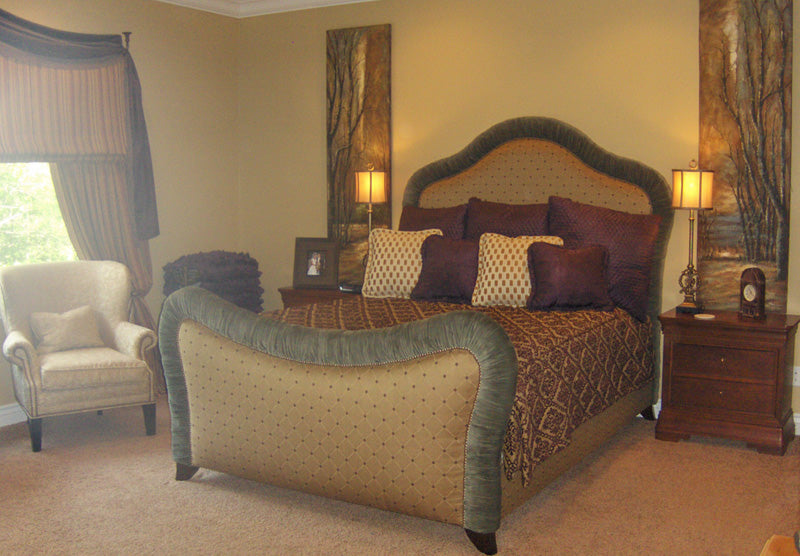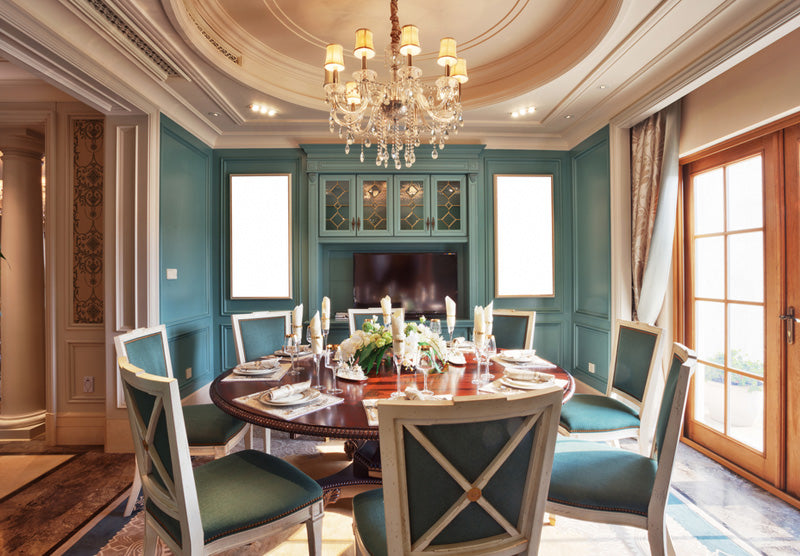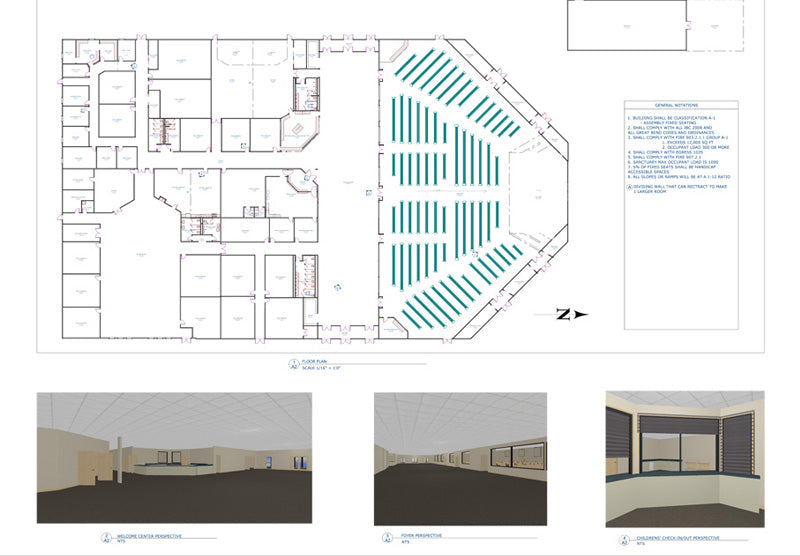Interior Design
There is more to your living room than just a couch and sofa. The overall design of your living room ties in everything from the furniture to the window treatments to the paint color to the decorations. The first step to designing your living room is to determine if you want a formal or informal space. Formal living spaces tend to include design elements, such as bookcases, antiques or art pieces. Informal living spaces tend to include entertainment centers and functional furniture.
As one of the most highly trafficked areas in the home, the entryway requires a functional, welcoming design. By incorporating simple organizational features and seating options with different colors and decorations, the entry way becomes the perfect location to show the personality of the home.
Window treatments can make all of the difference in the home’s design. Custom draperies provide warmth and style that can change the entire look of a room. Additionally, custom draperies can create a more energy efficient home and provide more privacy as needed. Hunter Douglas sells a variety of window blinds and shades that can be seamlessly incorporated into any home’s décor.
The design of the bedroom largely depends on who will be occupying the room. For younger children, the bedroom can include fun design pieces, such as colorful furniture or playful wall decorations. For guest bedrooms, the design is usually more generalized, with neutral colors and wall decorations. For master bedrooms, the design tends to be more personal with warm colors and sentimental decorations.
The focal point of the dining room is the dining room table. The design of the table should be chosen to fit in with your personal design preference throughout the rest of the house. Lighting also sets the mood for a dining room, whether there is bright lighting or dimmed lighting. Extra touches, such as pictures, an accent wall, or chair covers, give the room more personality
Designing commercial space is multidimensional based on the individual needs of the client. Commercial design can focus on entertainment, facilities management, government or institutional design, health care design, hospitality or restaurant design, office spaces, or retail planning. Each client can request for different features to be incorporated into the design, including lighting, sound systems, technology, entertainment rooms, or cubicle spaces. The design of the space can also be created as a sustainable or eco-friendly design.

